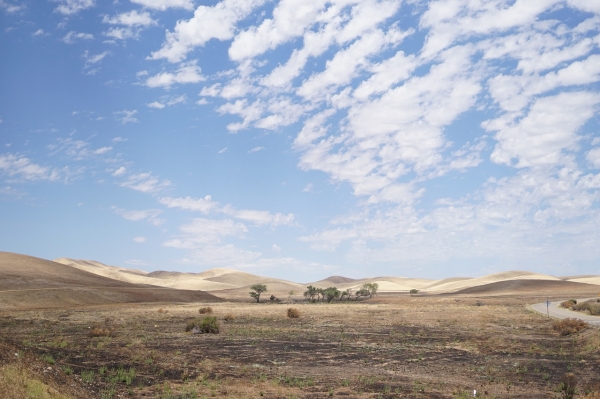People around the world are dealing with drought, so it’s not shocking that it affects wildlife, too: lack of moisture contributes to habitat loss, affects how animals compete for resources, and leads to dehydration and heat stress. The surprising part? The extreme degree to which many animals may need to adapt.
New research predicts that many wildlife species in the continental United States will experience year-long droughts nearly five times as often in the coming decades (2050-2080) than they did historically (1950-2005). In an even more dramatic turn of events, three-year droughts may become nearly seven times more frequent.
“The degree of increased drought exposure for each species in our analysis strongly depends on future greenhouse gas concentrations,” said Dr. Merijn van den Bosch, the lead author of the study. “But even under a lower-concentration scenario, virtually all vertebrates face increased year-long and multi-year droughts in the second half of this century. The implications will depend on the species and the length of the drought.”
For example, the endangered giant kangaroo rat, which is native to dry habitats in California, has adapted to occasional short droughts. However, populations can plummet after multi-year droughts, compounding existing threats, including a loss of nearly all their historic habitat. This study shows that much of the remaining giant kangaroo rat range soon could face these longer droughts much more often. “That does not bode well for this already-endangered species,” said van den Bosch.
Read more at USDA Forest Service - Rocky Mountain Research Station
Photo Credit: carelbron0 via Pixabay
Sci/Tech Climate Wildlife Top Stories
